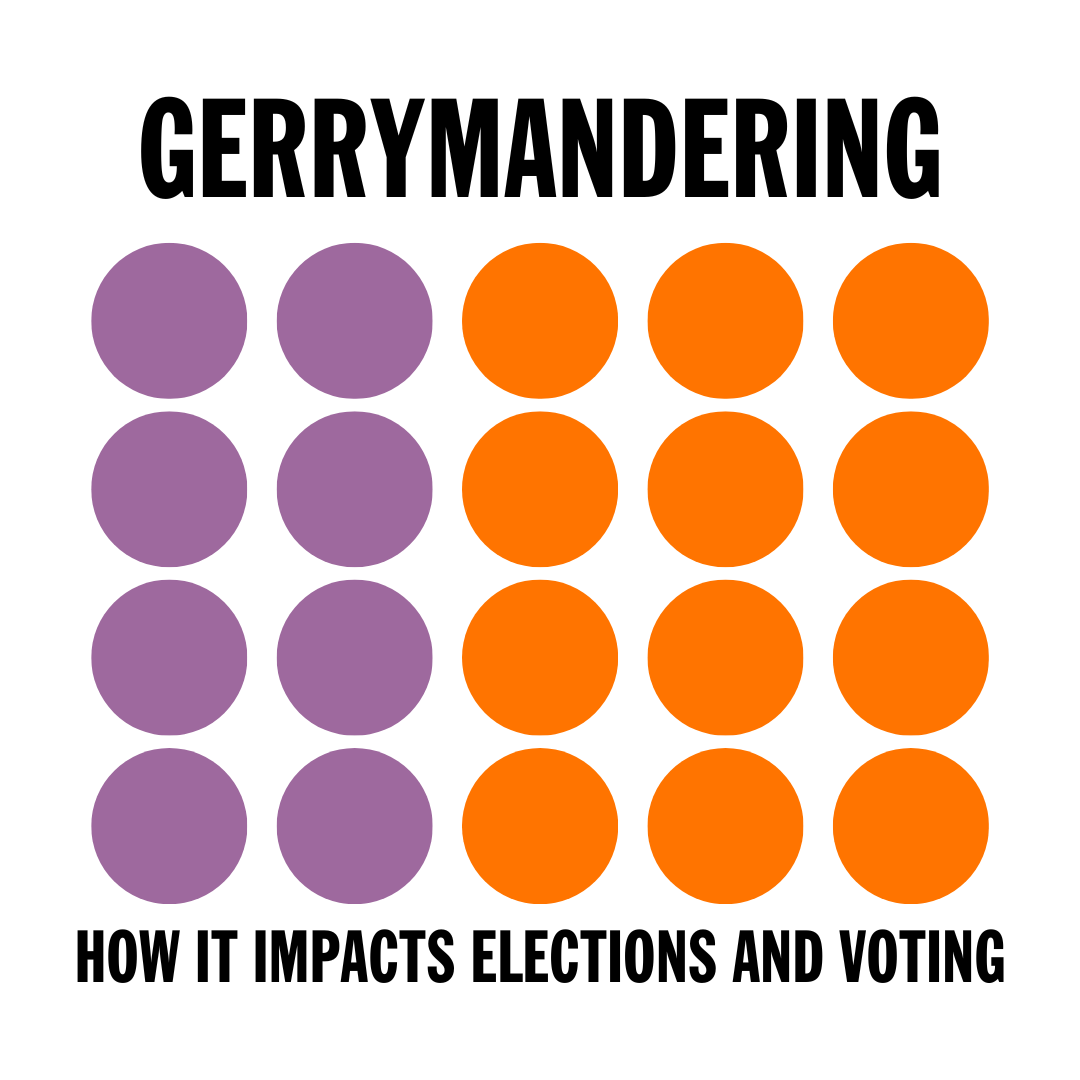Understanding Gerrymandering: How It Impacts Elections and Voting
Introduction:
Gerrymandering is a term that has gained a lot of attention lately in the conversation around politics. But what exactly is gerrymandering, and how does it affect voting in the United States?
Defining Gerrymandering:
Gerrymandering is a practice that involves changing the boundaries of electoral maps to give one political party an advantage over another. This is done by strategically drawing district lines in a way that benefits a particular group or political party.
The Facts:
Gerrymandering is not a recent phenomenon. It has been around for a long time, dating back to the early days of American politics. The term "gerrymandering" was coined in the early 19th century after Massachusetts Governor Elbridge Gerry approved a district map that resembled a salamander. Gerrymandering can be carried out by both major political parties, regardless of their affiliation.
Types of Gerrymandering:
Partisan gerrymandering:
Partisan gerrymandering refers to the practice of changing electoral district boundaries for political gain. One political party will draw voting district boundaries in a way that makes it easier for their party to win elections, and more difficult for other parties to win elections. Partisan gerrymandering is legal, and has consistently been upheld by the U.S. Supreme Court.
Partisan gerrymandering can be done in a number of ways, such as packing and cracking.
Packing involves putting as many voters of a particular party into as few electoral districts as possible to minimize their influence in other districts. By packing the opposite party’s supporters into a limited number of districts, the gerrymandering party can gain more seats across more districts.
In cracking, the party who is gerrymandering divides the supporters of the opposing party across many electoral districts to minimize their voting power. This way, the opposing party's influence is decreased in each district, giving the dominant party the upper hand.
Partisan gerrymandering can lead to one party winning more seats than they should when looking at the share of votes they receive throughout the state. This is not in line with the idea of fair representation for voters, and can create a lack of accountability among elected officials.
Racial gerrymandering:
Racial gerrymandering refers to the practice of changing electoral district boundaries based on race or ethnicity. Essentially, officials may draw unfair district lines that concentrate or dilute the voting power of specific racial or ethnic groups. Under federal law, racial gerrymandering is illegal.
The primary goal of racial gerrymandering is to decrease the representation of minority communities in the political process. Much like political gerrymandering, the two main methods of racial gerrymandering is through packing (putting a bunch of voters of the same identity into as few voting districts as possible) or cracking (spreading voters of the same minority identity across as many voting districts as possible).
Racial gerrymandering is prohibited by the Voting Rights Act of 1965 and the 14th and 15th Amendments. Historically, courts have ruled against racial gerrymandering if it denies or minimizes minority voting rights.
Overall, while both racial gerrymandering and partisan gerrymandering involve the unfair drawing of district boundaries, they have different focuses. Racial gerrymandering specifically targets the representation of minority communities by using race or ethnicity as the primary factor for drawing district lines, whereas partisan gerrymandering is driven by political affiliation and seeks to gain an advantage for a particular political party by concentrating or spreading out voters based on party lines. Ultimately, both practices minimize fair representation and the integrity of the electoral process.
Effects on Elections and Voting:
Decreased Representation: Gerrymandering can lead to a lack of fair representation. When districts are manipulated, the voters' voices may not be accurately reflected in the final outcomes of elections. This undermines the principle of equal representation for all citizens.
Partisan Polarization: Gerrymandering can contribute to increased partisan polarization. When districts are designed to favor one party over another, politicians may become less inclined to reach across party lines or consider the concerns of voters outside their party base. This can lead to gridlock, frustration from voters and an erosion of compromise in the political process.
Disempowering Voters: Gerrymandering can make voters feel that their votes do not matter. When district boundaries are drawn in a way that heavily favors one party, it can create a sense of apathy and disengagement among voters who feel their choices have already been decided.
Reduced Competition: Gerrymandered districts often result in uncontested or non-competitive races. When one party holds a significant advantage due to the way districts are drawn, fewer candidates from the opposition party may choose to run. This lack of competition can impact democratic processes and limit voters' options.
Addressing Gerrymandering:
Independent Redistricting Commissions: Some states have adopted independent redistricting commissions composed of non-partisan or bipartisan members. These commissions aim to create fair and impartial district maps, reducing the potential for gerrymandering.
Legal Challenges: Gerrymandering can be challenged in court if it violates principles of equal protection or the Voting Rights Act. In recent years, several cases related to gerrymandering have reached the Supreme Court, highlighting the importance of fair districting. Just this month, the Supreme Court’s ruling on Allen v. Milligan reaffirmed the fact that the right of voters to be protected against racial gerrymandering is covered by Section 2 of the Voting Rights Act, after a map drawn by Alabama legislators was found by the court to have diluted the voice of Black voters in the state.
Conclusion:
Gerrymandering is a complex issue that impacts our electoral system. By manipulating district boundaries, it can distort the democratic process and undermine the principle of fair representation. Recognizing the impact of gerrymandering and working towards fair districting practices is essential for maintaining a robust and inclusive democracy that accurately represents the will of the people.
For More Information
https://www.brennancenter.org/our-work/research-reports/gerrymandering-explained
https://www.democracydocket.com/analysis/racial-gerrymandering-vs-racial-vote-dilution-explained/
